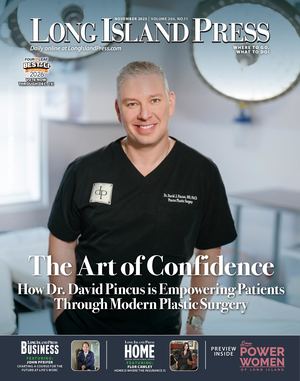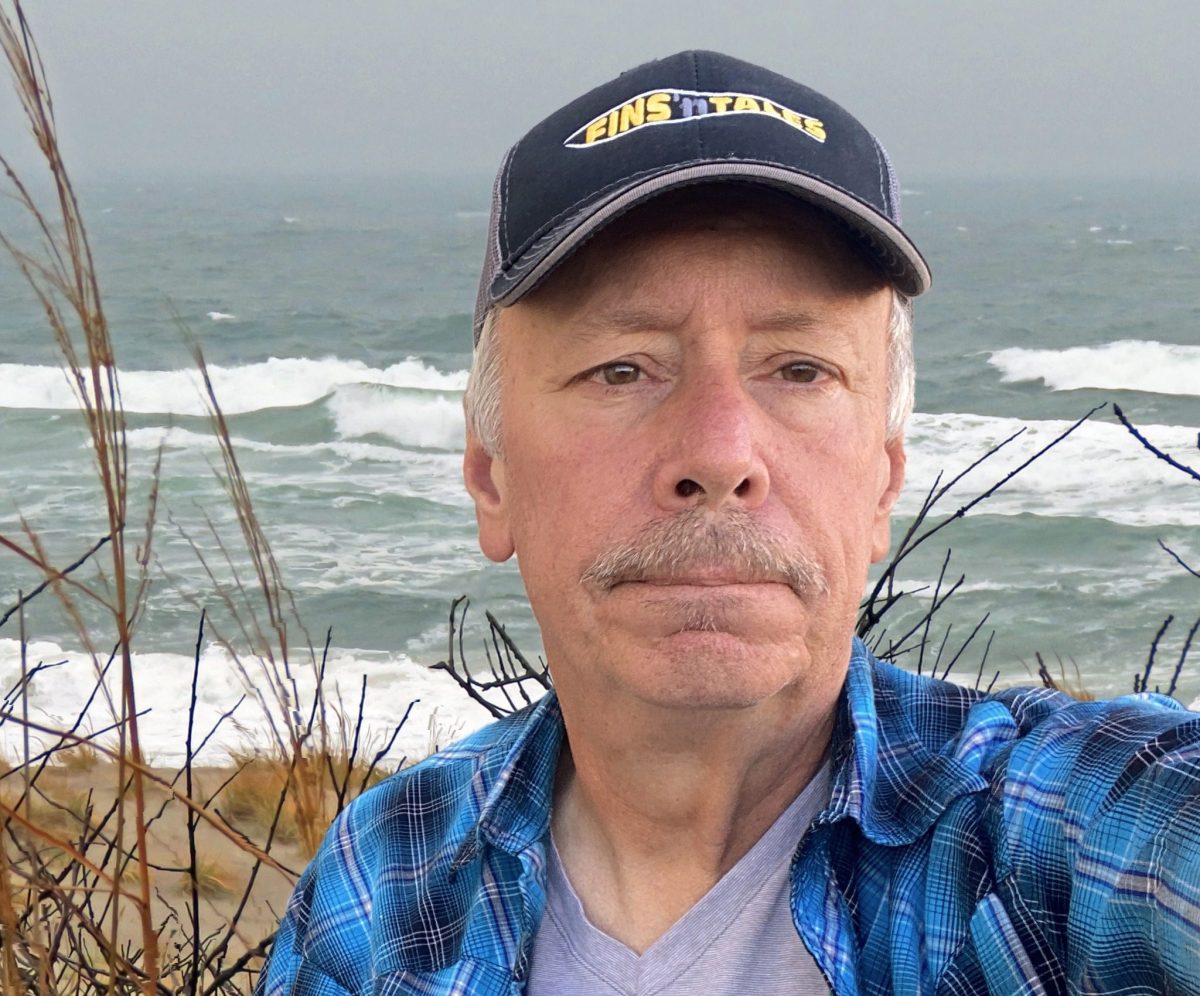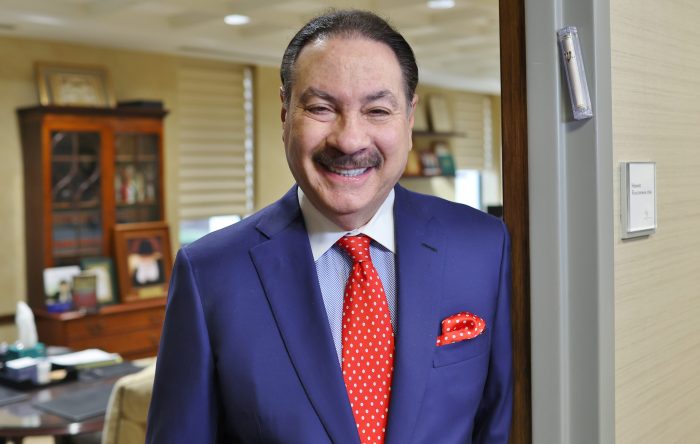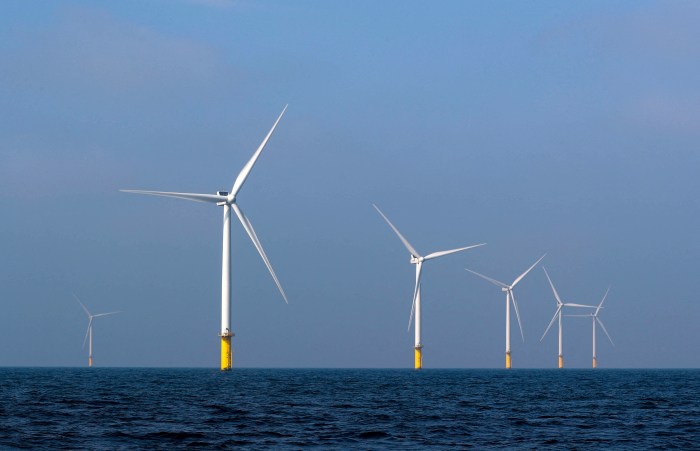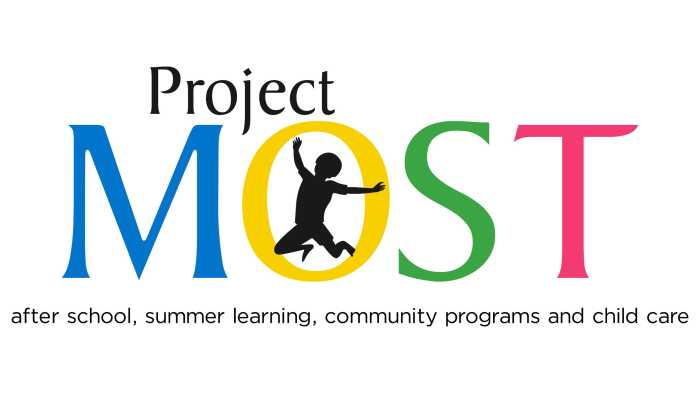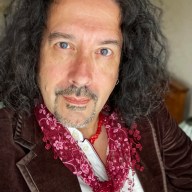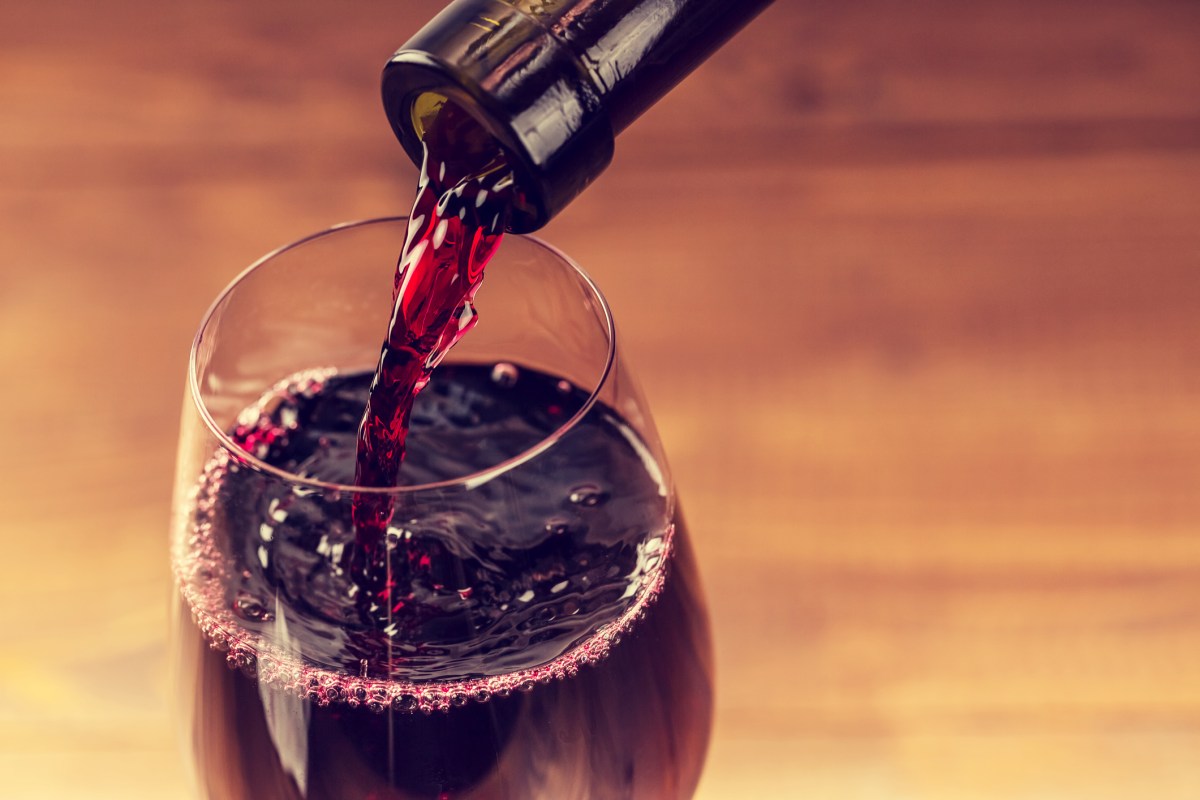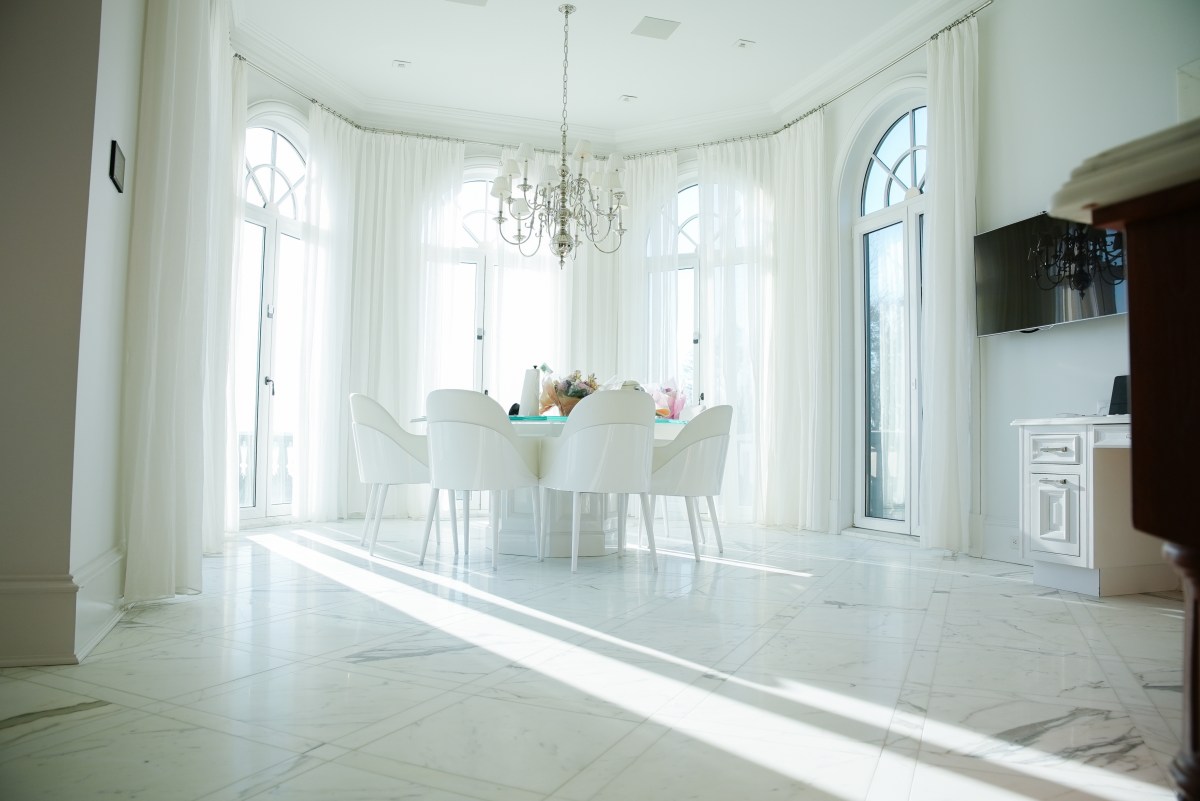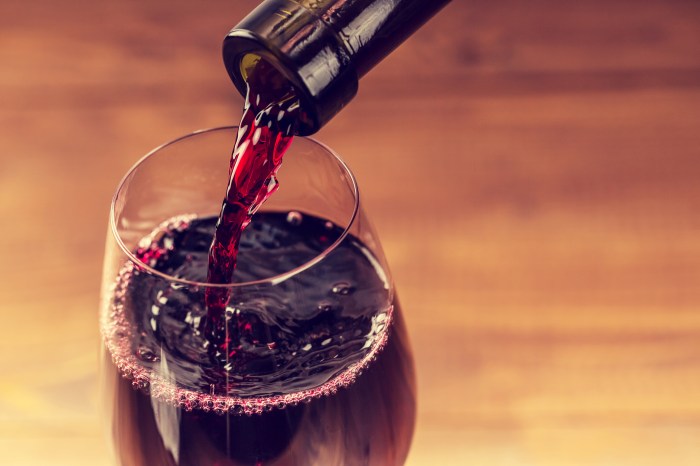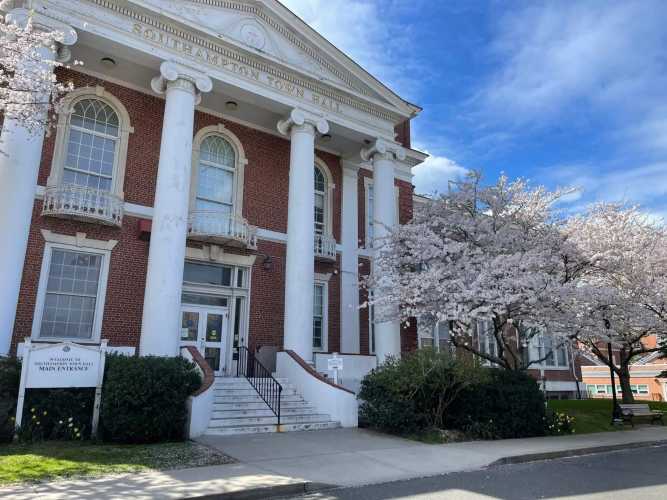It’s astonishing to comprehend that 340+ species of wild birds in the Western Hemisphere will travel through Long Island each spring and fall, lingering long enough to rest and refuel in the natural habitats of Long Island that are critical stops during their amazingly long migratory journeys. Bonded pairs of 146 of these species will also stay the summer to raise their families here.
Sounds like a lot of birds, right? Yet a widely accepted study, the 2019 State of the Birds Report, revealed a crisis that 30% of America’s bird populations have disappeared in the past 50 years. The 2025 update reveals that this alarming population decline continues unabated and is worsening today.
The rapid loss of birds in our own lifetime is because of relentless habitat loss and environmental degradation (pollution, pesticides, herbicides, climate change, etc.).
What can we do to help birds?
The South Shore Audubon Society has identified five critical habitat areas currently at risk of loss across the Island. Let’s save them.
- The Hempstead Plains was 40,000 acres before European settlement. Let’s set aside the last remaining 100 acres of this globally rare ecology in Uniondale as a Nature Study Area for wildlife and future generations of Long Islanders.
- The 270-acre Stillwell Woods Preserve in Syosset is in the process of being transferred to Town of Oyster Bay by Nassau County. It’s unclear what TOBAY’s intentions are to develop this pristine area into more municipal recreational or community facilities. Let’s ensure it shall remain a perpetually preserved haven for wildlife and passive recreation.
- Let’s ask for plans for the Woodmere Club, a former golf course in the Five Towns to balance development with restoration of 70+ acres of coastal wetlands important to egg-laying Diamondback Terrapins and nesting bay birds.
- In Riverhead, the 1,000-acre EPCAL grassland (the largest in downstate NY) has constantly faced risk of random development. Let’s get EPCAL under stewardship with a habitat management plan so this grassland and rare species here won’t be threatened again.
- Jamaica Bay Wildlife Refuge, 9,000 acres (20 square miles) of shallow bay, saltmarsh, mudflats, wooded uplands and ponds with headwaters in Nassau County. A bill in the NYS Legislature would authorize a modern study of the ecological needs of Jamaica Bay. This study can serve as a baseline for multiple grants, funding and habitat improvement projects for the next 20 years and beyond. Let’s write the Governor.
Russ Comeau is the president of the South Shore Audubon Society.
Read also: Floral Park gardens open for season, collect bird seed
